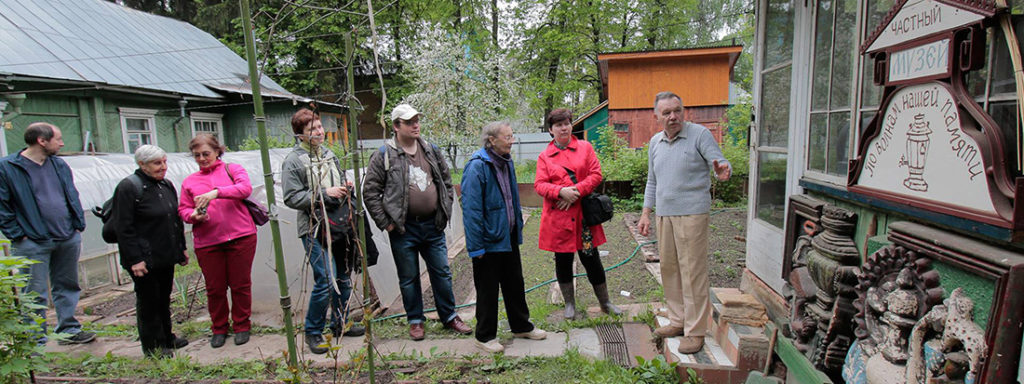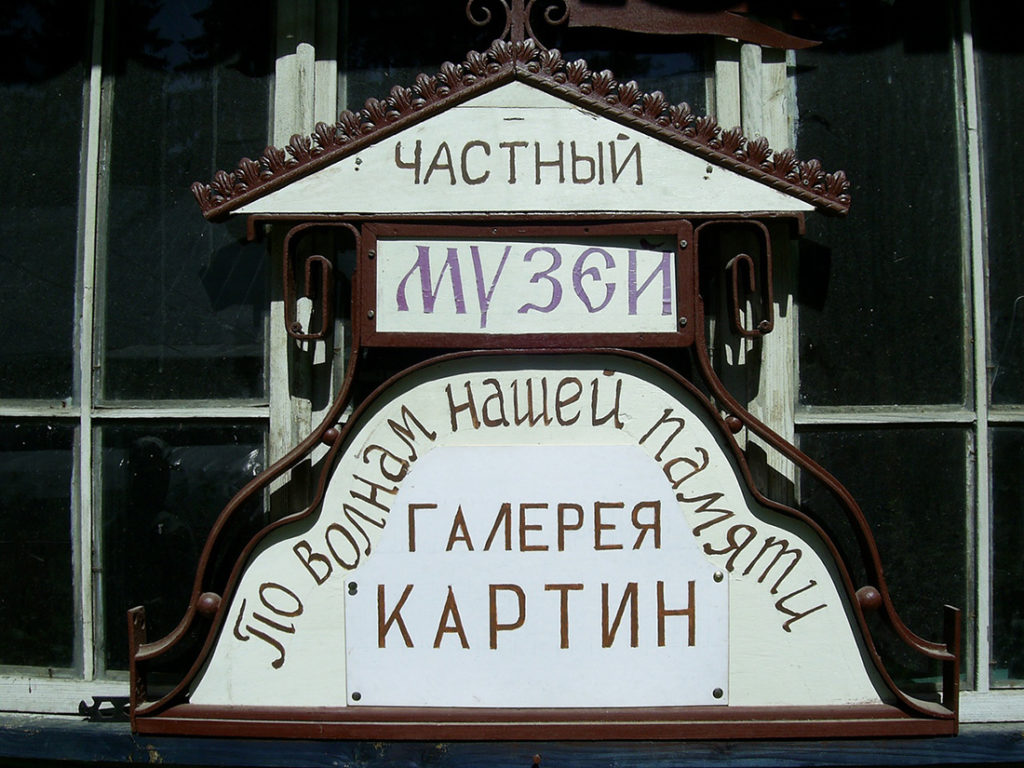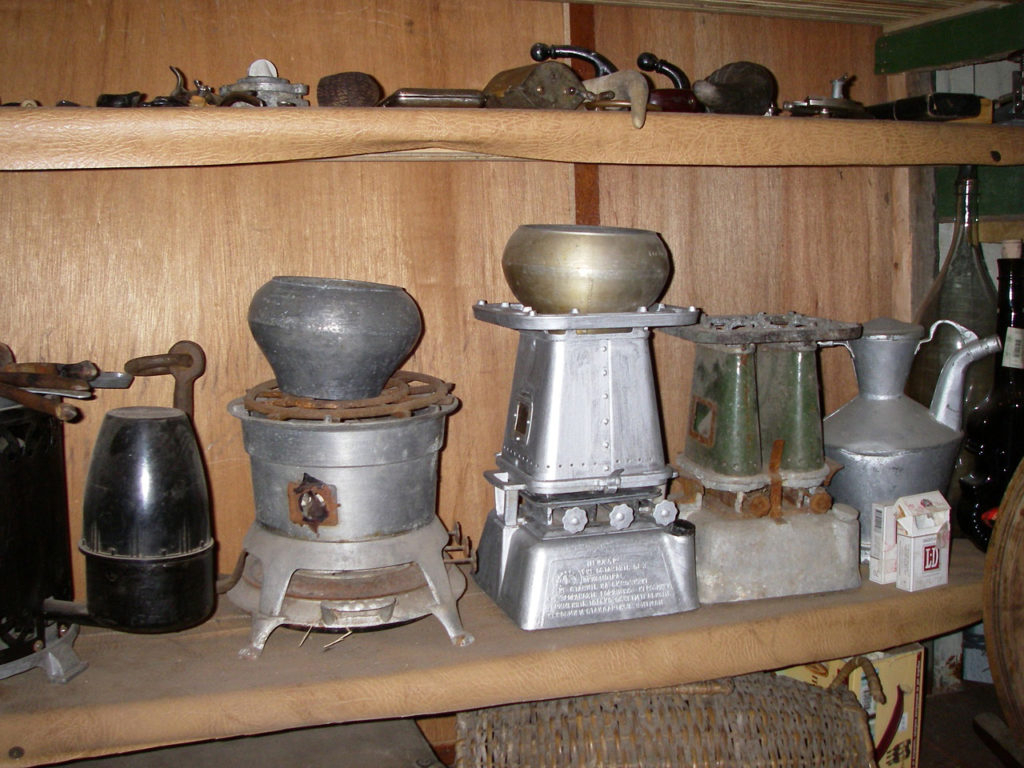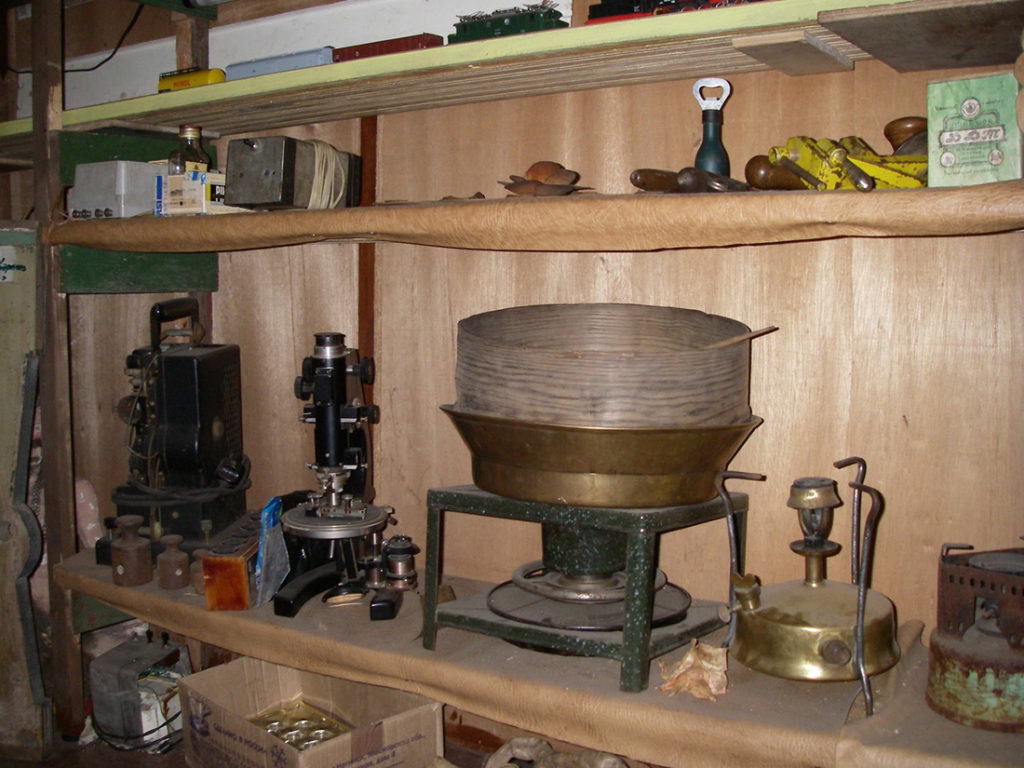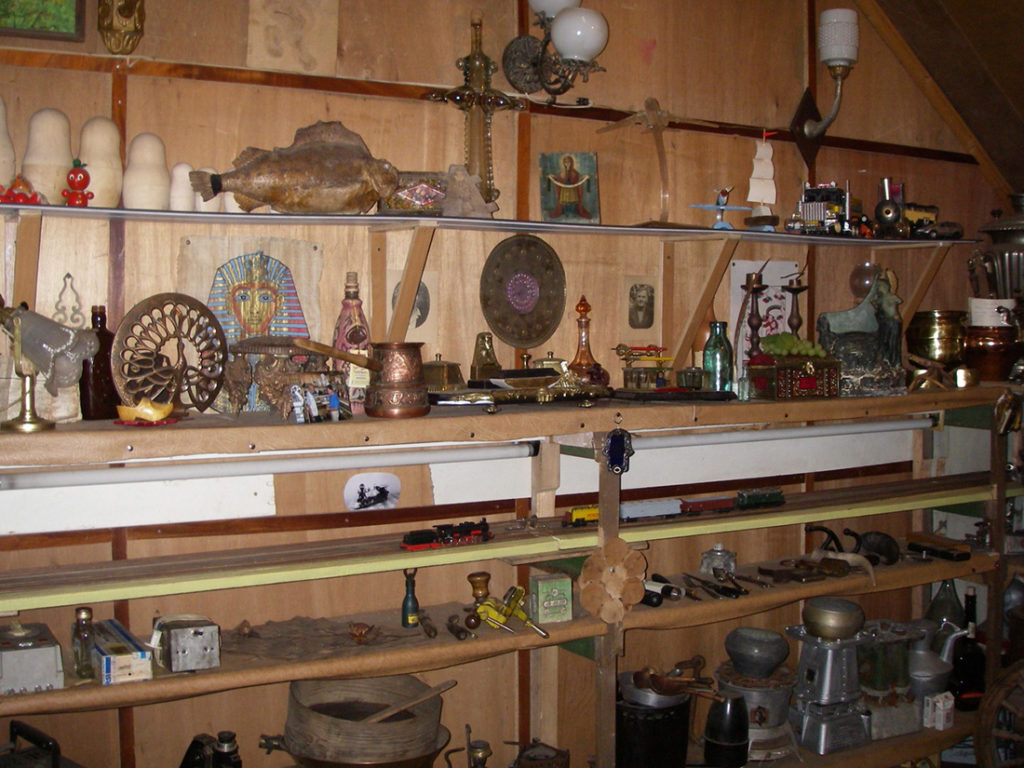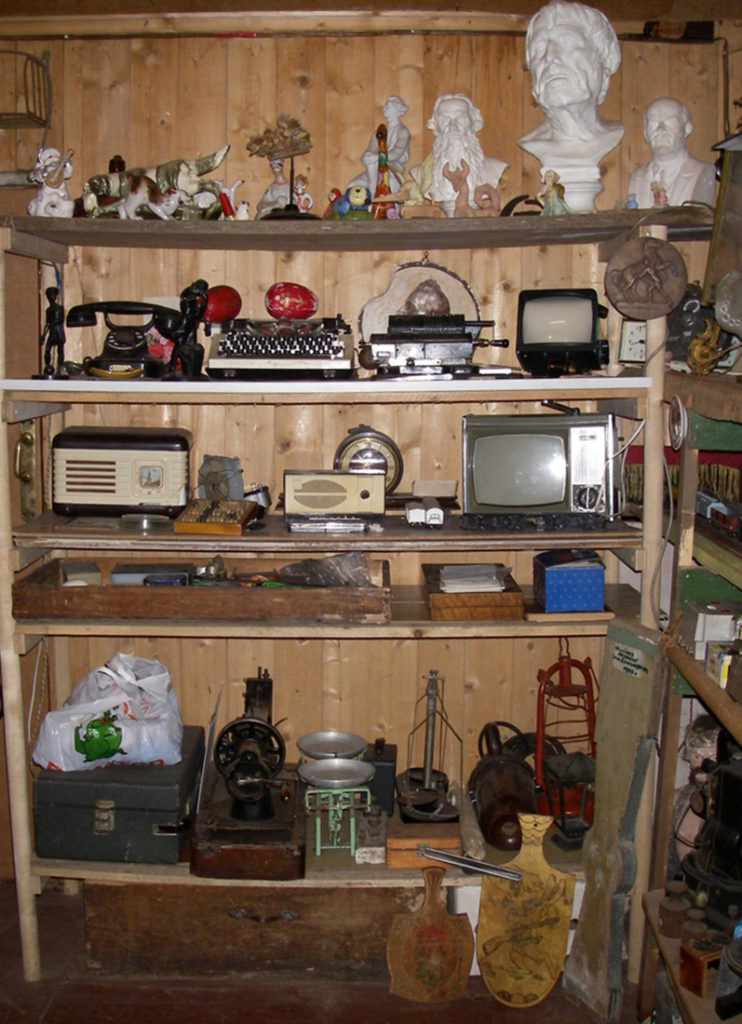“On the Waves of Our Memory” Museum of A. F. Malyavko
Moscow Oblast
Contact information
Moscow Region, Pushkino, Klyazma microdistrict, ul. Chekhov, building 19
Tel.: +7 (917) 593-07-84
Operating hours
Daily, by prior call
Ticket price
Free
Founder / Owner of the museum
Alexander Fedorovich Malyavko
Founded
2007
The museum was created after visiting the “On the waves of our memory” exhibition in the Historical Museum in December 2006.
Once the owner of the museum found an old samovar. Strange as it sounds, he liked its shape. However, the spout of the samovar had been broken off so the owner, Alexander Fedorovich, took it to the workshop. There, this samovar was appreciated by the masters and they asked him to sell it to them. It was then that Alexander Fyodorovich realized that the samovar was of some value. He didn’t give in to the requests and kept it for himself. Then he began to remember that somewhere in the attic he had old irons and briefcases…
Alexander Fedorovich came up with the idea to create his own museum. When he had gathered a lot of antiques together, he decided to present every item in his collection. However, first he had to solve the problem connected with exhibition space so he decided to present his exhibits in his own attic! He took the unnecessary things away, hung up shelves, and arranged the exposition. But it was not as simple as it looked. Before setting up the museum, he read a special book on how to do it correctly and how to better classify the exhibits. It turned out that there were two main options – to arrange them in chronological or “spectacular” order. Alexander Fedorovich preferred the second option since it was very difficult to determine the chronology of many exhibited items. Later, the museum was redesigned several times inside before it became the place it is now, and moved from the attic to a separate place.
In this space, you can study several very different items from different epochs. The museum contains household items from the 1940s – 70s, including agricultural utensils, operating technical devices, souvenirs, handicrafts, maps, old books, collections of samovars, irons, kettles, clocks, Soviet symbols, film libraries, records, and slides. A 4×3 meter outbuilding with a terrace is reserved for the museum.
There are 120 grateful entries in the review book.
